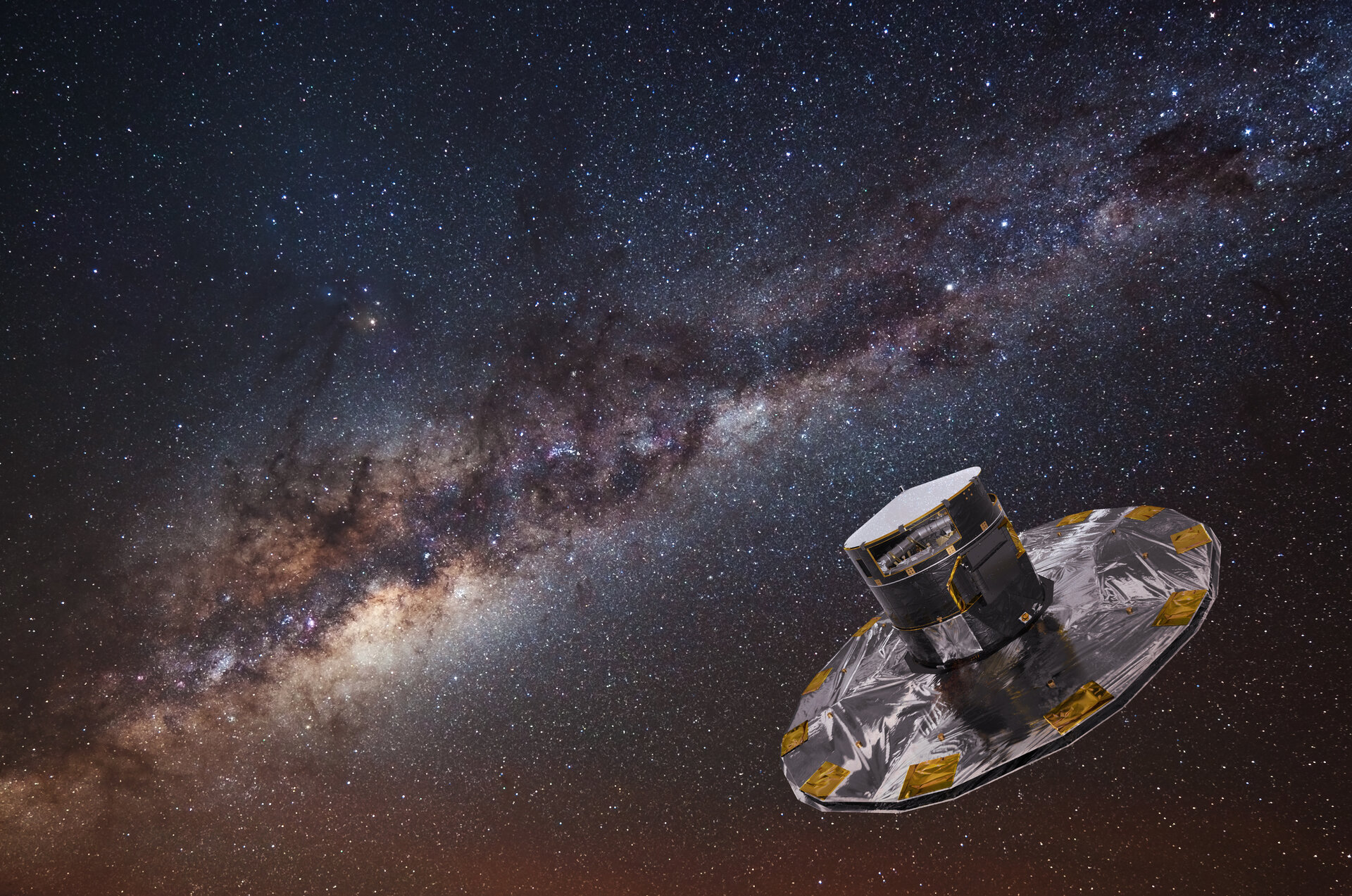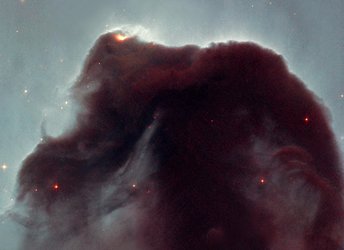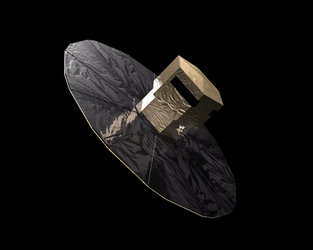Most extensive mapping of Milky Way a step closer
ESA has assigned a contract to supply the innovative imaging sensors needed for its cornerstone mission, Gaia, on 9 June 2005.
At the beginning of July, ESA will also open the industrial competition to design and build the Gaia spacecraft, including a very complex module to house the scientific instruments. Gaia, to be launched in 2013, will continuously scan the sky for at least five years from a point in space known as the second Lagrangian point (or L2), located at about 1.6 million kilometres away in the direction opposite to the Sun.

Gaia's goal is to perform the largest census of our Galaxy and build a highly accurate 3D map. The satellite will determine the position, colour and true motion of one thousand million stars and over 100 000 objects in our Solar System. Gaia will also identify as many as 10 000 planets around other stars.
To accomplish this ambitious task, Gaia requires the largest focal plane of charged couple devices (CCDs) ever built for space application. CCDs are light-sensitive sensors, well known as elements of modern digital cameras. While CCDs for digital cameras are in the range of a few mega-pixels, Gaia’s CCDs need to be many giga-pixels to achieve the goal.
The company e2V Technologies (UK) Ltd, a world leader in materials science, has been awarded a contract to supply between 100 and 200 CCDs for Gaia by 2008. The new technology to be developed for these sensors must ensure that they are not only able to handle the imaging of extremely faint objects, but also handle sudden exposure to bright objects without loss of sensitivity to faint ones.
Professor David Southwood, ESA Director of Science, commented: "Thanks to e2V Technologies, ESA has been able to implement a mission that would have not been possible a few years ago."
"Ten years ago we saw the Gaia concept being born. Now, we are setting the contracts to make Gaia a reality. In ten years from now, Gaia will have already delivered its first amazing results," he added.








